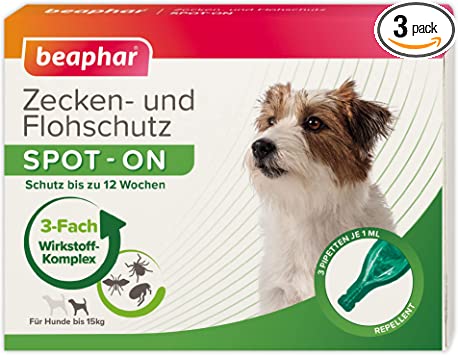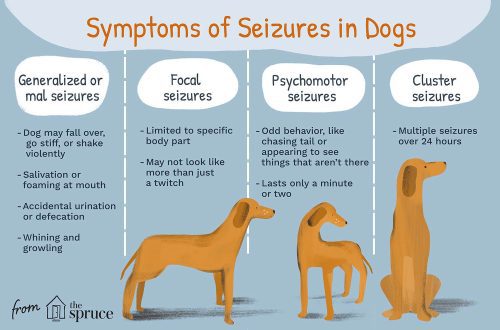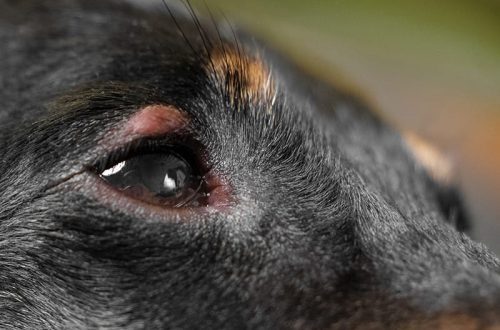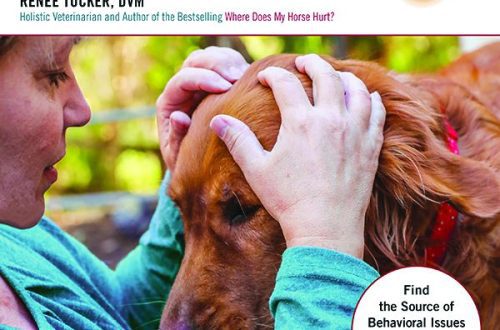
Flea drops

Traditionally, the most dangerous period of infection of dogs with parasites is spring and summer, when the activity of insects increases. It is at this time that veterinarians recommend that dog owners carry out preventive treatment against fleas. This treatment includes the use of flea collars, special shampoos and of course drops. The latter are the most popular and convenient means.
The mechanism of action of any anti-flea drops is based on the poisoning of insects with an insecticide. Before use, the owner must carefully study the instructions for the drug and use the dosage that is indicated in it. Drops are divided into different groups depending on the body weight of the animal, its age and species.
In no case should you treat a puppy with drops for an adult dog – this can lead to irreversible consequences.
What to look for when choosing flea drops
Restrictions in use, especially if the dog’s body is weakened (the animal is sick or is in the process of recovery);
The presence of instructions for the use of the drug and the expiration date;
Release form and volume of the drug (the greater the weight of the dog, the greater the amount of funds you will need);
Active ingredient (the least toxic are pyrethroids and phenylpyrazoles);
Before using the drops, carefully read the instructions for use, which will help you calculate the required amount of medicine for your dog. Also pay attention to a number of general rules that will help you in the process of processing a pet.
Rules for the use of flea drops
As a preventive measure, flea drops are recommended to be applied once every 1-3 weeks;
To track the time of using the drug, start a special “Calendar drops from fleas”;
It is not recommended to wash the dog two days before applying the drops, so as not to wash off the fatty layer on the animal’s skin, and two days after, to allow the product to be absorbed;
Drops are applied to the area inaccessible for licking: between the back of the head and withers, not at one, but at several points;
The product is applied to the skin: part the hair and drip the required amount of medicine. When properly applied, the coat should not be stained;
Flea drops are not toxic to the host, but wash your hands thoroughly after use.
Side effects
Despite the safety of flea drops, there is always a risk of side effects. As a rule, it is associated with non-compliance with the rules of application, exceeding the dosage or an allergic reaction of the dog’s body, especially if she managed to lick the drops from the coat. If you notice that the animal has become lethargic, there is profuse salivation, muscle tremors and tearing, as well as diarrhea and vomiting, contact a specialist. Before this, provide your pet with plenty of fluids and rest.
Flea drops really are a simple and convenient way to fight insects. The task of the owner is to carefully study the instructions for their use and not violate it, and in emergency cases, contact the veterinarian in time.
The article is not a call to action!
For a more detailed study of the problem, we recommend contacting a specialist.
Ask the vet
12 2017 June
Updated: July 6, 2018





